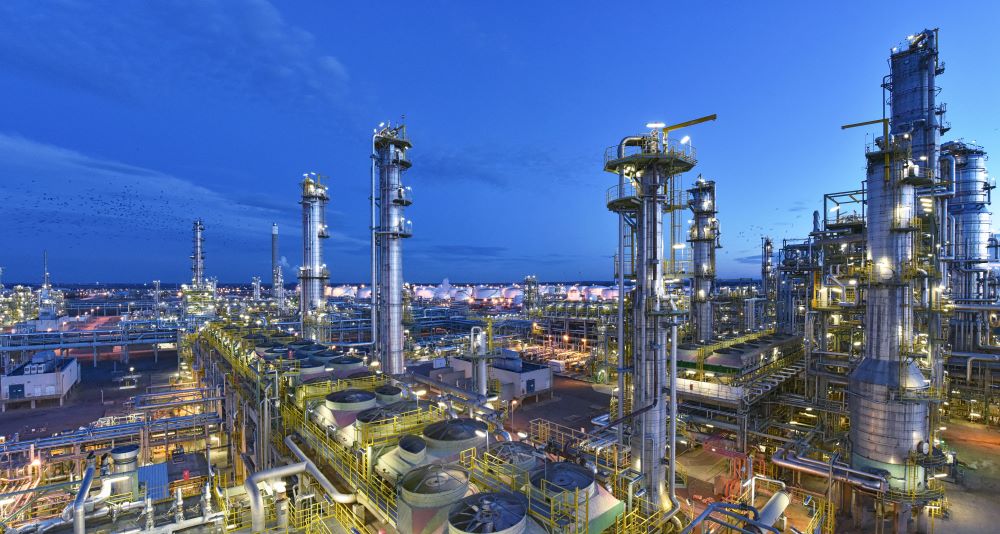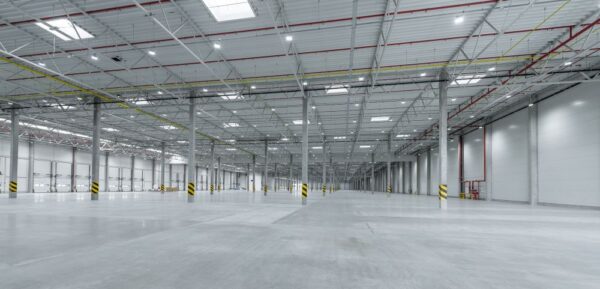Notwithstanding adverse public perceptions of the profitability of the oil and gas industry, many companies in that industry operate on very thin margins. Like companies in all other industries, oil and gas production companies need to control and reduce costs to maintain cash flow and profits. To accomplish this, a growing number of those companies are transitioning to LED industrial lighting fixtures to reduce utility and maintenance costs. LED fixtures also improve visibility in an oil and gas workplace environment and enhance safety and security while allowing operators to comply with regulatory requirements for lighting in hazardous areas.
Cost Savings and Environmental Considerations
Lighting costs in a busy industrial environment comprise a large portion of that environment’s operating budget. An oil and gas company that transitions from traditional lighting to LED industrial lighting fixtures will reduce its electrical energy consumption and its utility costs by 50 per cent or more. Further, LEDs will continue to provide high-quality levels of illumination for up to 50,000 hours of continuous operations. LED industrial lighting fixtures are also engineered to be more durable and resistant to the type of shocks and impacts that are common in oil and gas operations. This enhanced durability translates directly into reduced maintenance obligations and costs.
Lower energy consumption directly correlates with a reduced load on electrical utilities, which lowers the operator’s overall carbon footprint. When LED industrial lighting bulbs and fixtures are at the end of their useful lives, they can usually be recycled without any hazardous waste problems, as the materials used to construct them are not themselves hazardous.
Productivity
LED industrial lighting generates high-quality workplace illumination with fewer shadows and dark spots. Better visibility improves employee productivity and reduces mistakes and accidents that can happen under poor lighting conditions. LED industrial lighting can be tuned to generate light wavelengths that enhance employee alertness and decrease fatigue. Employees are also better able to distinguish fine details and color contrasts under LED industrial lighting, which further improves productivity and employee safety.
Safety
LED industrial lighting enhances safety in more ways than by just creating a better-illuminated environment. Oil and gas production facilities are frequently classified under OSHA standards as Class I hazardous environments, meaning that flammable vapors are expected to be present. Lighting in Class I hazardous environments must be engineered to maintain a separation between potential ignition sources, such as electrical sparks and hot surfaces, and those vapors. LED industrial lighting fully satisfies this requirement. LED fixtures with stronger and more corrosion resistant materials will shield ignition sources from vapors, even when the fixtures are jarred or impacted by other equipment in the environment. Unlike other fixtures that are prone to explosive failures, LED industrial lighting is virtually explosion-proof, which eliminates the risk that a catastrophic failure of a lighting fixture will start a fire at an oil and gas production facility. LED industrial lighting also operates at substantially lower physical temperatures than standard metal halide or high pressure sodium industrial fixtures, thus further reducing the ignition risk.






